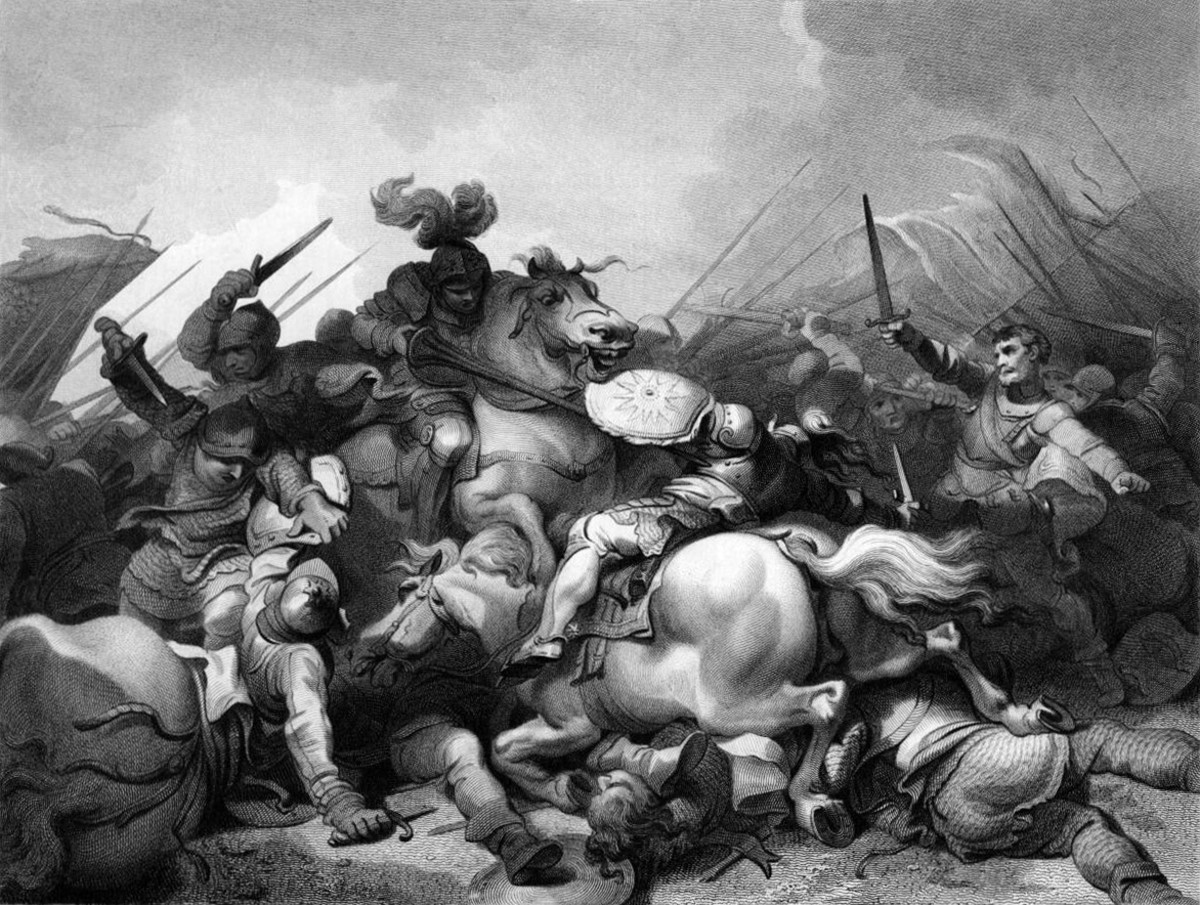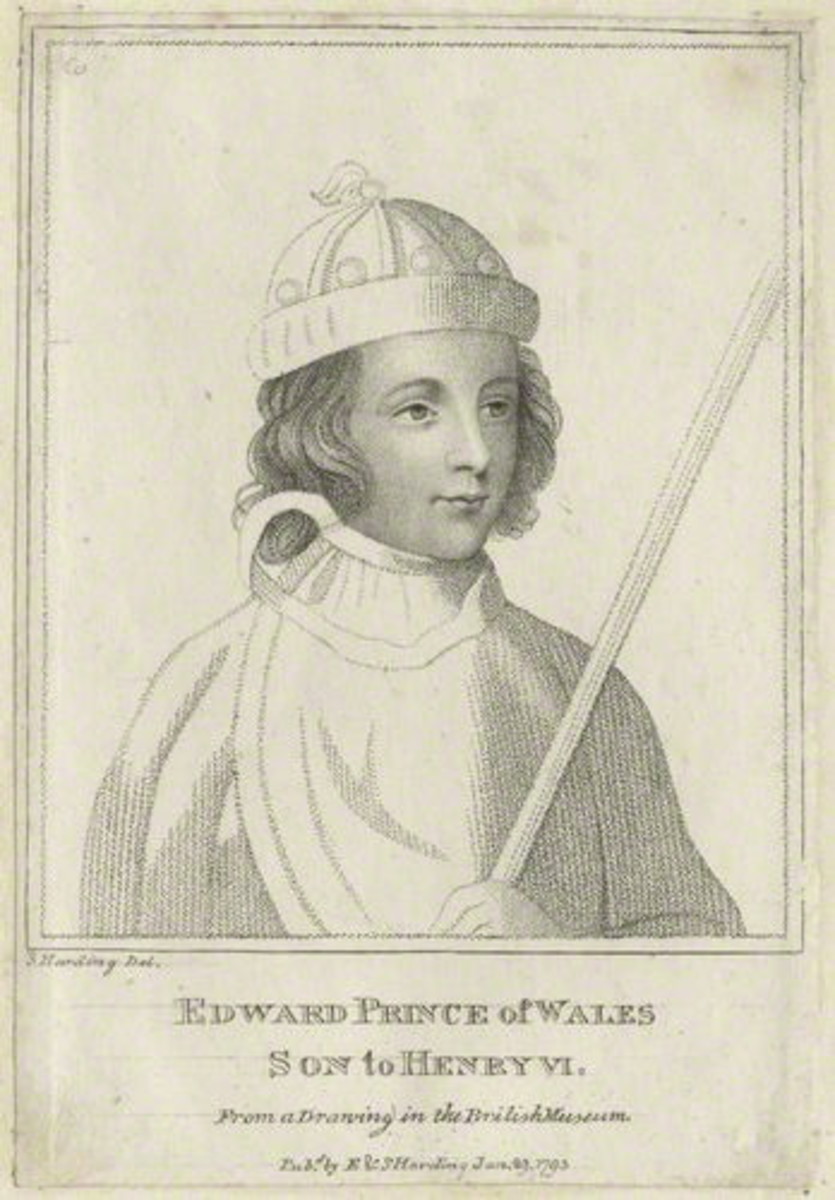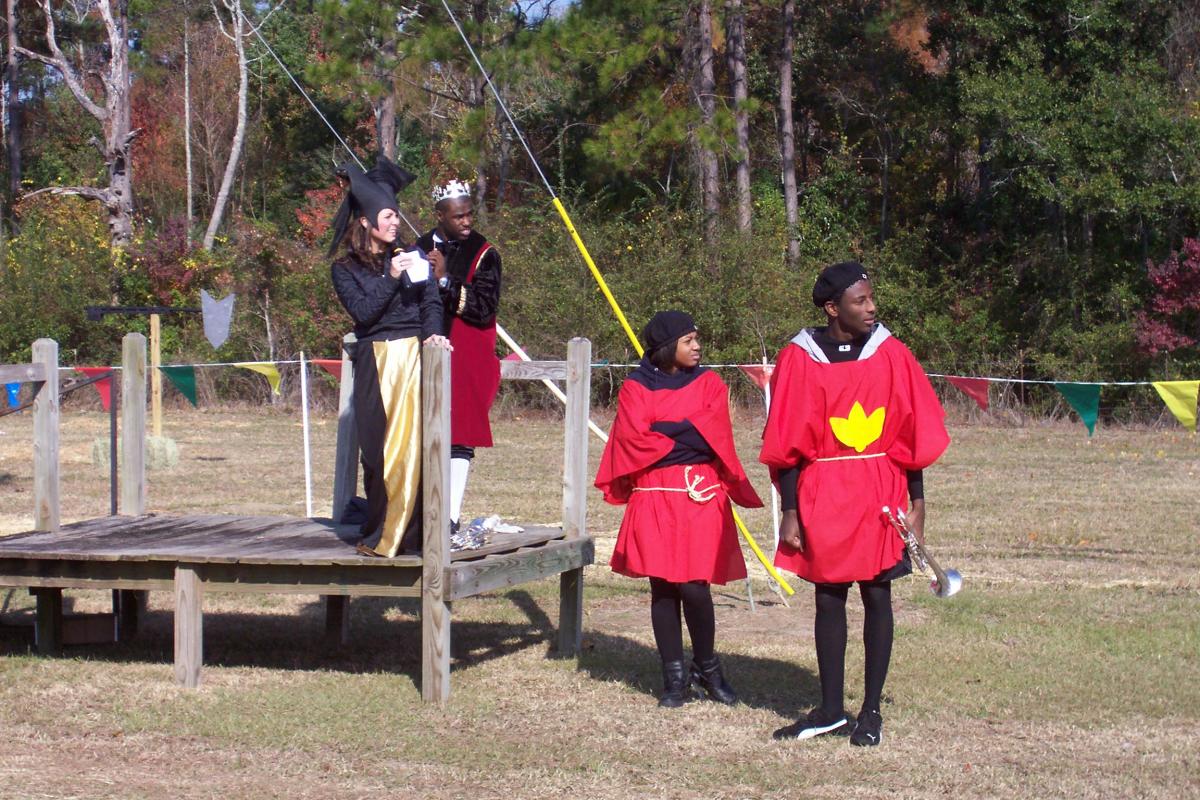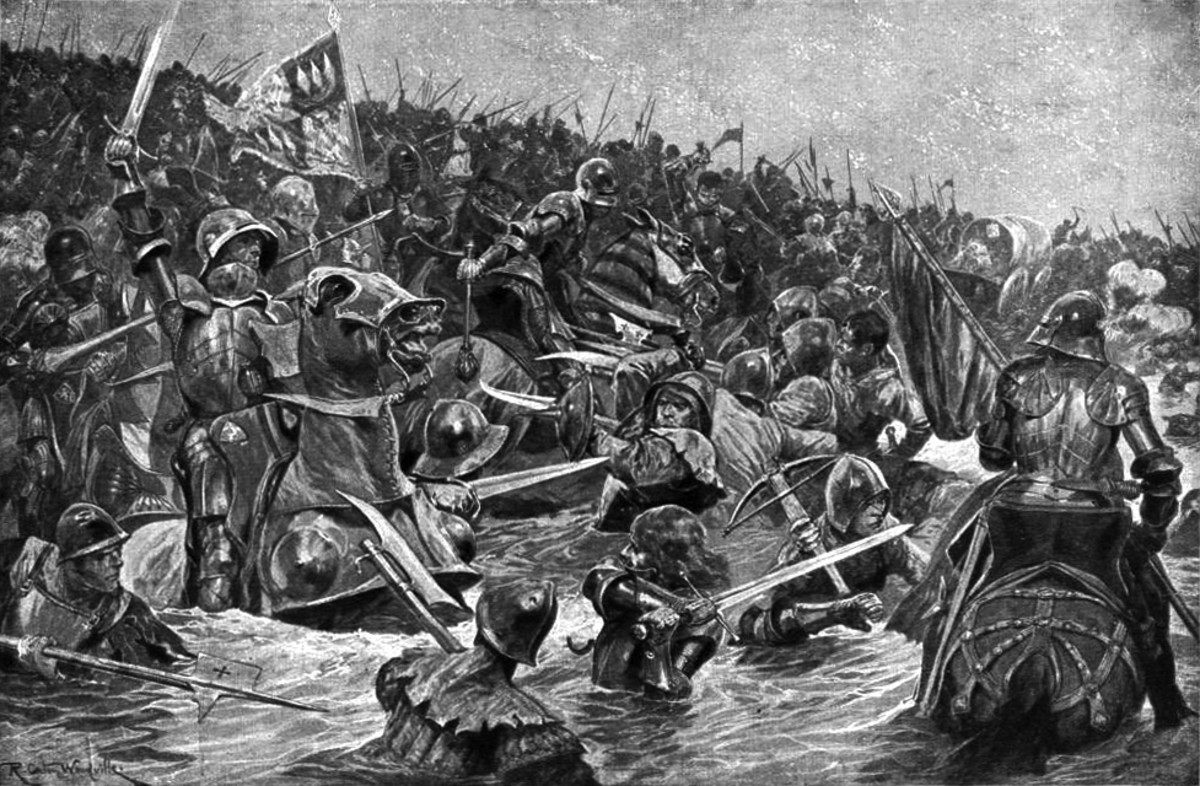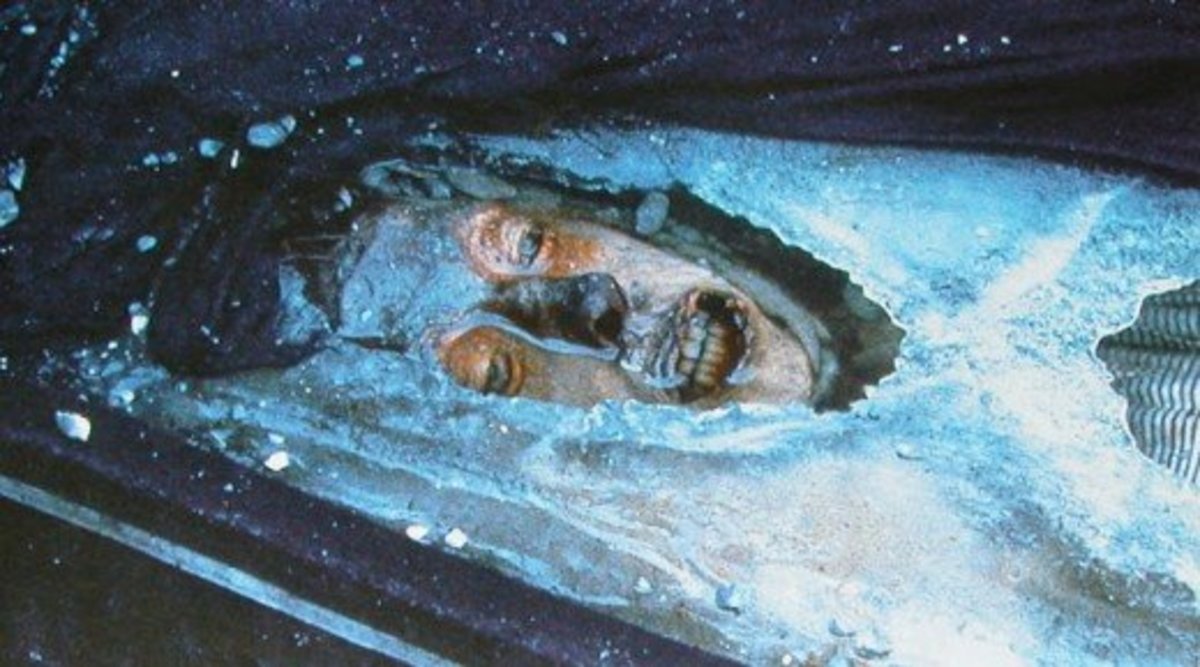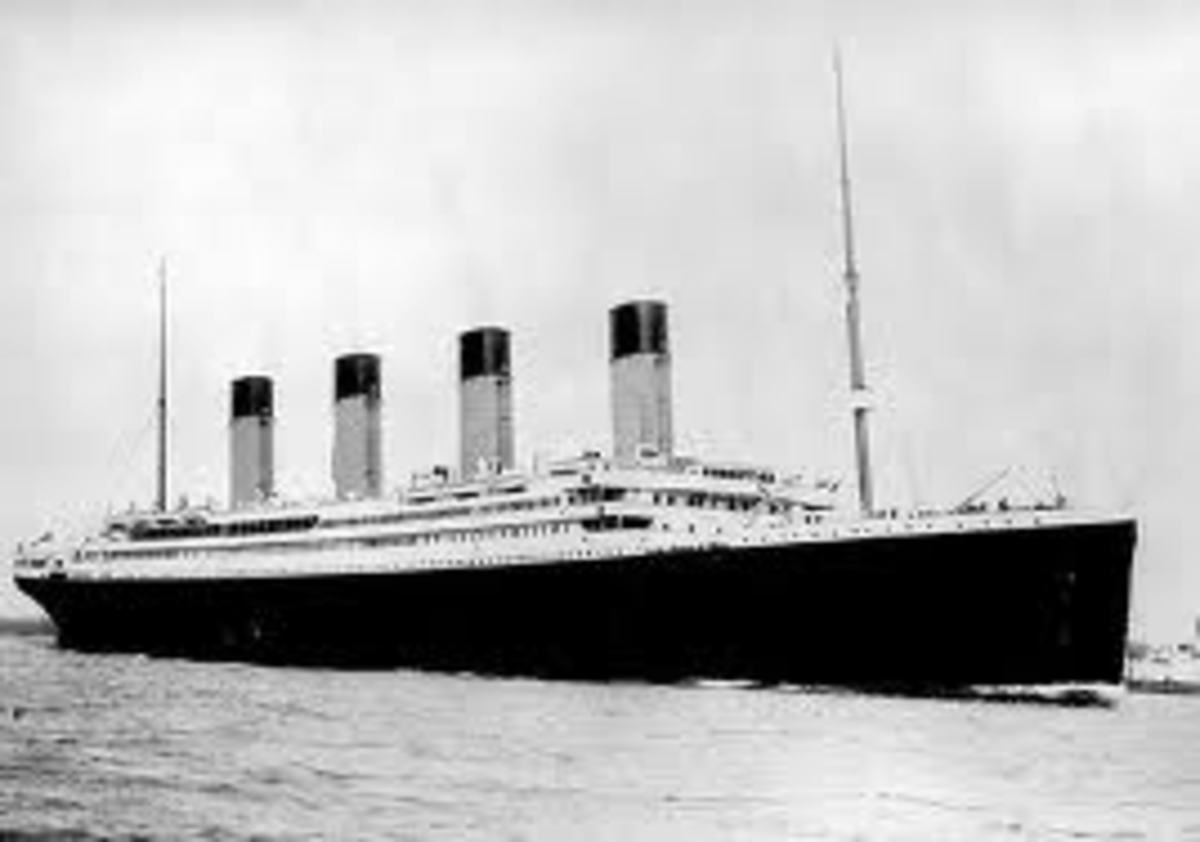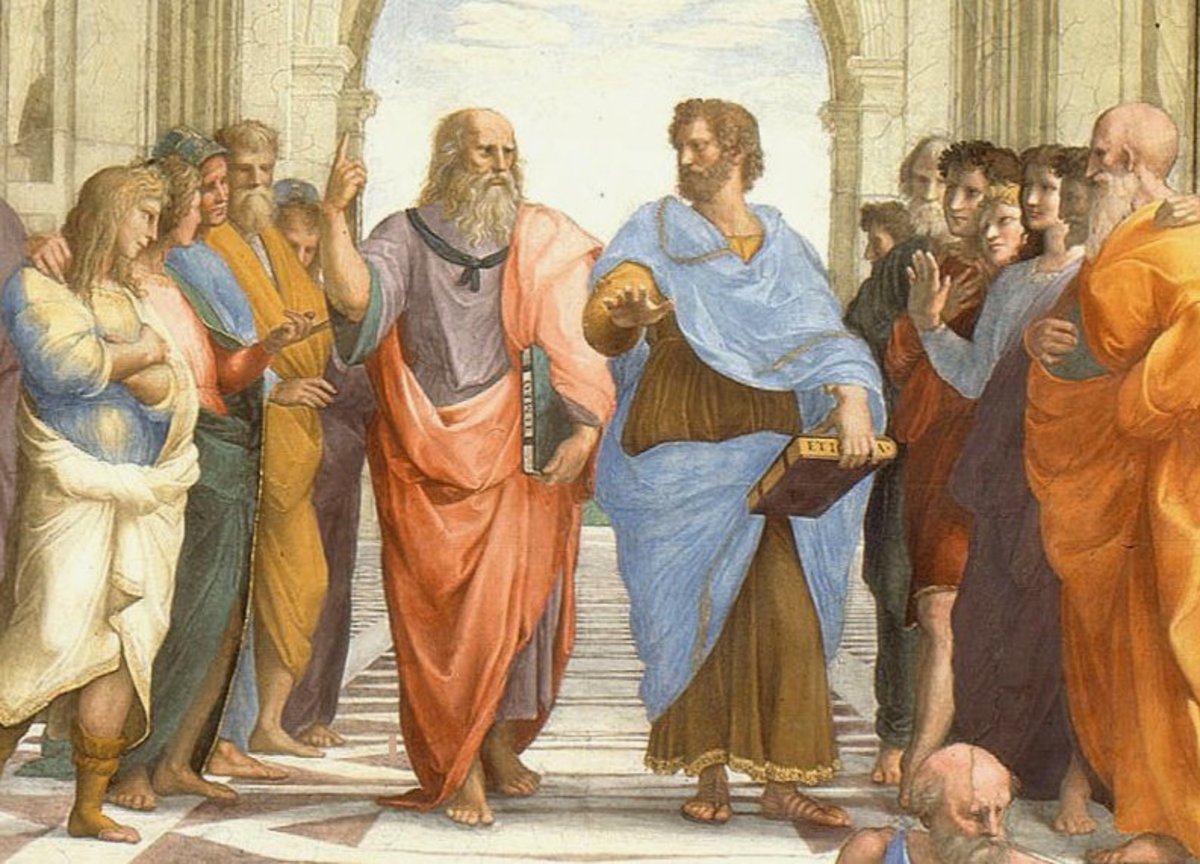Henry VI Marries Margaret of Anjou: The Secret Agreement Against the English
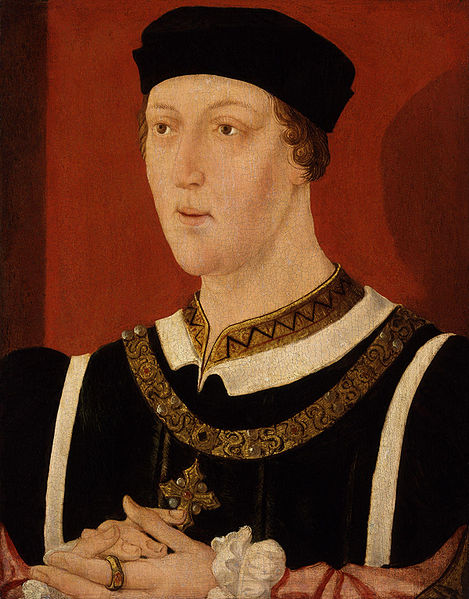
On April 23, 1445, King Henry VI of England married Margaret of Anjou. It would be an unpopular marriage due to the secret agreement that was made against the English. Instead of receiving the dowry, which was customary at the time, Henry VI would have to give up two lands in France that the English had hold of. Arguably, it would be one of the events that would set up the Wars of the Roses after the House of York learned of the Lancashire king’s “betrayal.”
The Secret Release of English Lands to the French
Henry VI’s father, Henry V, would probably have rolled in his grave knowing the decision the king was about to make. Henry V had died while fighting in the Hundred Years’ War against the French, attempting to take full control of the country. However, Henry VI was so set on marrying the niece of King Charles VII that he was willing to give up lands.
Conditions were drawn up in the Treaty of Tours, and Charles VII of France would gain control of Anjou and Maine. However, that decision needed to be kept secret from the English parliament because Henry knew that it would be unfavorable. There would have been plenty of other European brides to marry, but Henry wanted Margaret for her reported beauty.
The Earl of Suffolk and Cardinal Beaufort also suggested that the marriage would help to bring peace with France. The two countries had been at war for so long, and people probably forgot the initial reason for the start of the war. The knowledge that Henry VI’s own father died while in France, making him a nine-month-old King of England, also probably played on his mind. Did Henry really want to die without an heir to the throne, and if he did have an heir would he want to die and leave a baby in control of the country. That control would pass onto a regent (or two, or three…) until the child was old enough to rule himself.
The two married at Titchfield Abbey. Margaret arrived with her own household, ready to serve her. She was just 15 years old at the time of the marriage. We say “just” now, but that was relatively normal for girls during this period.
Anger Towards the Duke of Suffolk
The Duke of Suffolk (after he was promoted from earl) was the subject of most anger once the public did find out about the secret agreement. In Henry VI’s defense, he did think about not handing over the two lands, but Margaret made sure it happened. She acted in the best interests of her uncle’s, and arguably her, country. She did, however, stand by Henry VI to help protect Suffolk after the news that the lands had been given back to France.
Most of the arguments against handing over the land came from the Dukes of Gloucester and York. The latter was Henry VI’s heir presumptive at the time, so nothing could really happen to him. He was kept out of the court circle and was living in Ireland to govern there for some time.
The Duke of Gloucester was imprisoned in Bury St. Edmunds for treason. Who were the people instigating this? The two who pushed Henry VI to bring about peace with France, of course! Edmund Beaufort, Earl of Somerset was also involved as he was the nephew of Cardinal Beaufort and would have something to gain from being on the side of the king. Gloucester died while in prison, before he could stand trial.
Soon after all this, the two earls were promoted to dukes, and lands were handed out to many of the monarchy’s favorites. This worked out extremely unpopular with the English people, especially many of those at court. The Duke of Suffolk was murdered while being sent to exile as the king could no longer protect him. People only found out when his body washed ashore in Dover.
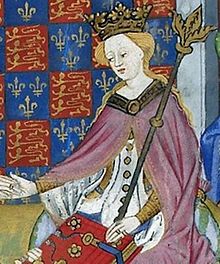
The Troubles Got Worse for Henry VI
By 1449, the French had taken back the lands that Henry V had fought so hard for. Troops that returned from the war were so angry with Somerset’s leadership that they started rebellions in the south. The rebellions never came to anything at this time, but it certainly showed that people were not happy with the way Henry VI was ruling his country.
By 1553, only Calais was left in England’s control. The people of England had to do something if they wanted to take the control of France back. And they needed a strong leader to see them through. In 1552, the Duke of York had already been invited back to England and was now in the court circle. He would be the person to turn to when looking to remove Henry VI from power.
Richard Plantagenet, Duke of York, had a strong claim to the throne and had an army of supporters. He started in Shrewsbury and managed to get Edmund Beaufort arrested. However, Margaret of Anjou stepped in and Beaufort gained his influence back in court. York found himself isolated yet again in the court.
The Pregnancy of Margaret of Anjou
It was during this time that Margaret and Henry announced they were expecting their first child. It was an exciting time for the country. Henry VI would his own heir to the throne, and the Duke of York would be pushed further away from power.
However, soon after Henry started to have a mental breakdown. The last part of France, Bordeaux, was lost in the August of 1453 and he struggled to control his kingdom for a year. He never responded to the birth of his child, which was a boy! Henry VI’s son was christened Edward, but he did not show any sign of caring.
There are a number of theories surrounding the madness of Henry VI, and one of those is it was inherited from Charles VI of France. Charles was the father of Catherine of Valois, so Henry VI’s grandfather, and had suffered from bouts of madness over a 30 year period until his death.
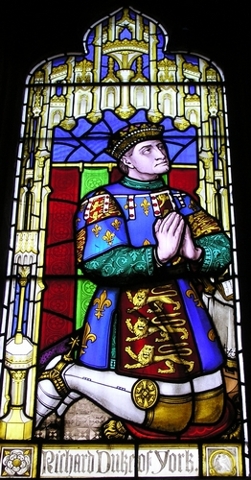
The Wars of the Roses
The madness of the king meant that the Duke of York was placed in control of the country. In 1454, he needed to tackle the overspending of the government, which was not an easy task. The queen was found excluded from talks and Edmund Beaufort was placed in the Tower of London. It all seemed to work out perfectly. However, Henry VI gained his sense back and took control back. All the work that York had done was reversed.
This would all eventually benefit those fighting for the House of York. The Duke of York had the chance to gather troops and start the Wars of the Roses. By 1455, the country was at war. It would last 30 years, although there were brief periods of peace. Richard Plantagenet and Richard Neville, Earl of Warwick, fought together to place Edward Plantagenet on the throne. He would later become Edward IV of England after deposing Henry VI.



